A Guernsey resident believes “people’s enjoyment in life” is being sacrificed for the financial cost of using a drug that can treat wet age-related macular degeneration (AMD).
Richard O’ Riordan, 82, who was diagnosed with wet AMD in June, said he…
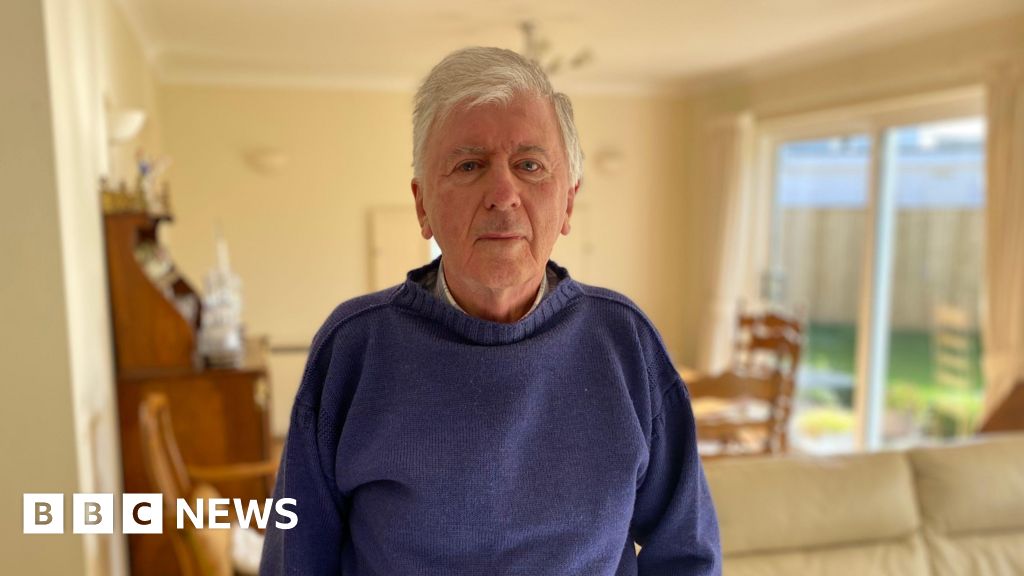
A Guernsey resident believes “people’s enjoyment in life” is being sacrificed for the financial cost of using a drug that can treat wet age-related macular degeneration (AMD).
Richard O’ Riordan, 82, who was diagnosed with wet AMD in June, said he…
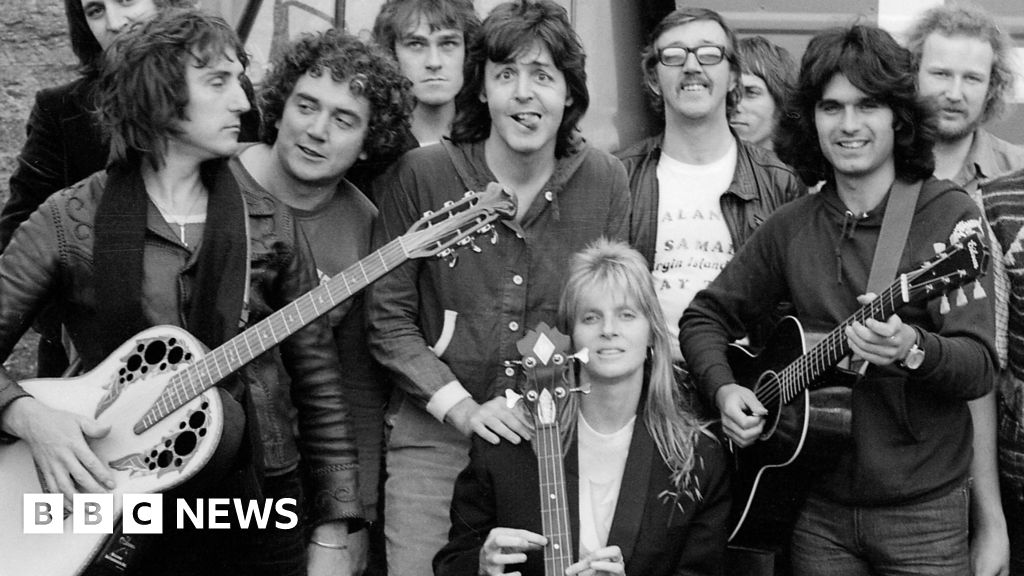
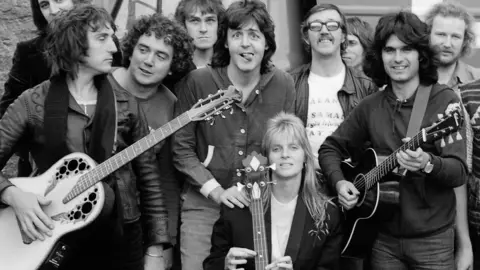 Heather McCartney/MPL Communications Ltd/PA
Heather McCartney/MPL Communications Ltd/PAAs many people ask Sir Paul McCartney about his second band Wings as they do The Beatles, the veteran musician has…

EXCLUSIVE: Amazon MX Player’s Rise and Fall has become the most-watched show in the Indian streamer’s history.
Data provided by the service suggests the Banijay Asia-made reality series has set records in viewership, social engagement…
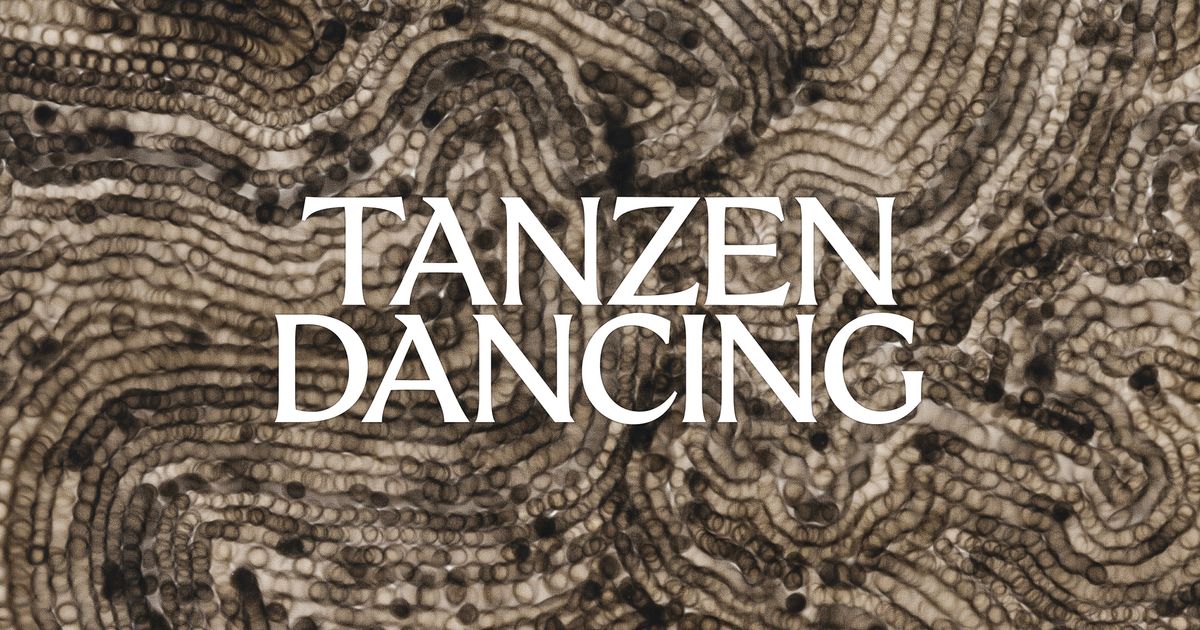
Cana Bilir-Meier, Cana Bilir-Meier & Chana Boekle & Silvia Troian, Assaf Gruber, Rabbya Naseer, Armando Nin
Once upon a time, our grandmother Mamanjoon told us that our father was one of her daughters …
The daughters of all sexes find themselves…
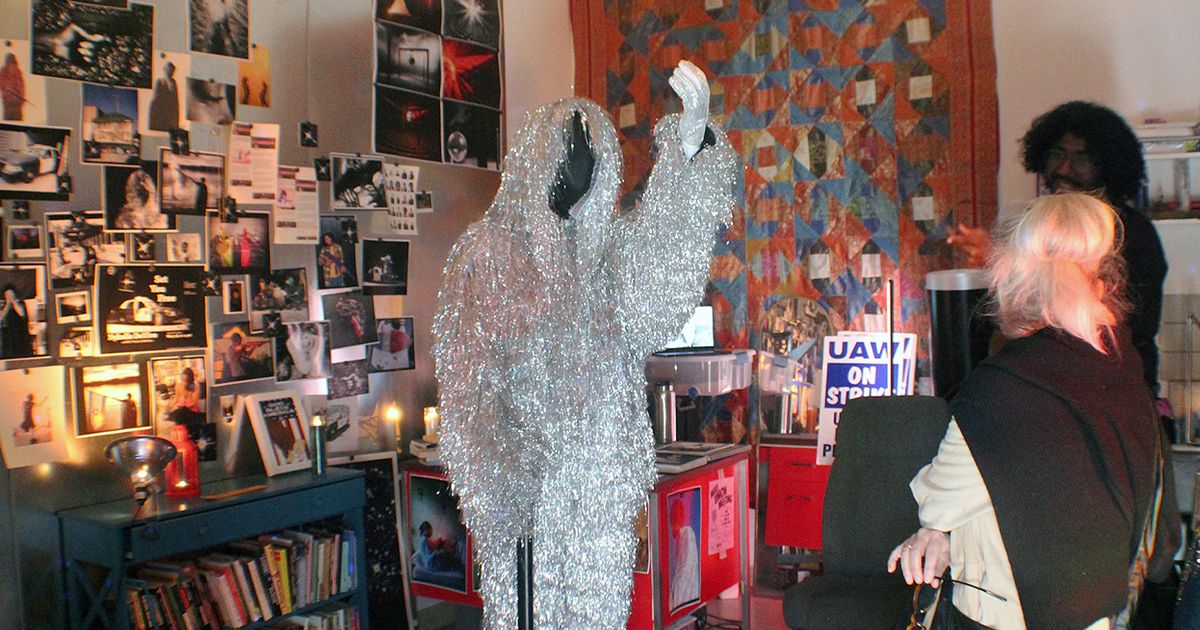
Applications are open for MFA & PhD programs in Visual Arts at UC San Diego. The UC San Diego Department of Visual Arts encourages experimentation, innovation and risk-taking in scholarly and artistic production.
The Department of Visual Arts at…

The 2025 Taiwan Creative Content Fest (TCCF) got down to business with the unveiling of two global-facing investment vehicles — the Taiwan–Korea Entertainment and Cultural Content Fund and the Far Eastern Creative Entertainment…
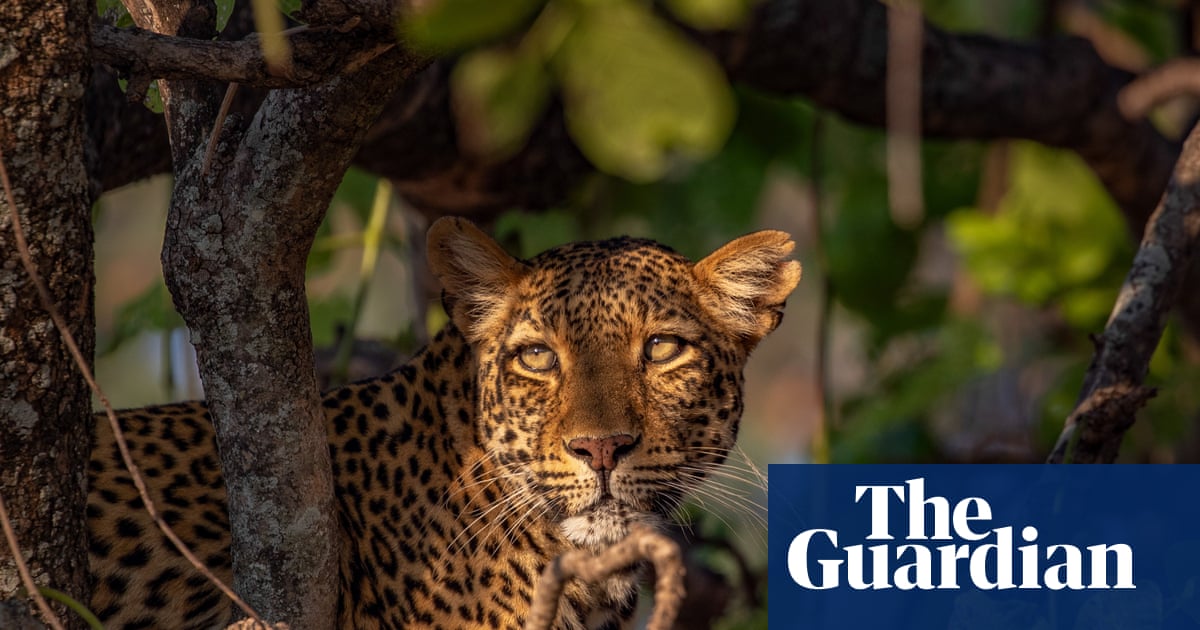
David Attenborough’s new BBC series Kingdom has broken ground by using elements from TV dramas, such as cliffhangers and drone and moving-camera shots, to immerse viewers “into the action” like the hit Netflix drama Adolescence did.
Since…
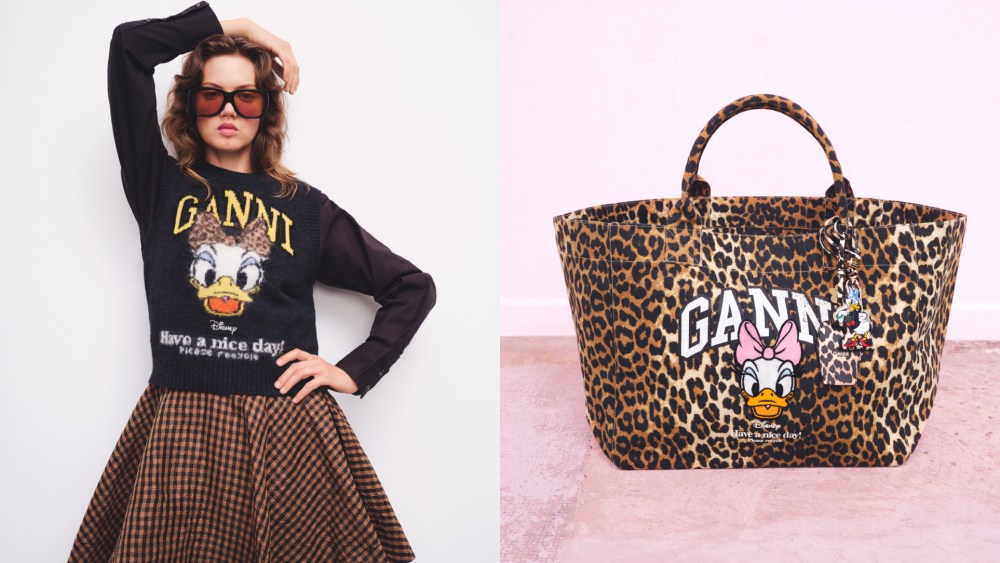
Ganni and Disney have joined forces for the first time with a capsule collection launching on Thursday.
The collaboration channels Ganni’s playful aesthetic with Disney’s Daisy Duck as its muse. Her bow and animated…

Being a TV general-knowledge quiz champion is a funny kind of fame, because random strangers want to test you on all sorts of trivia. “Sometimes I’ll be walking down the street, a car slows, the window goes down and someone screams:…
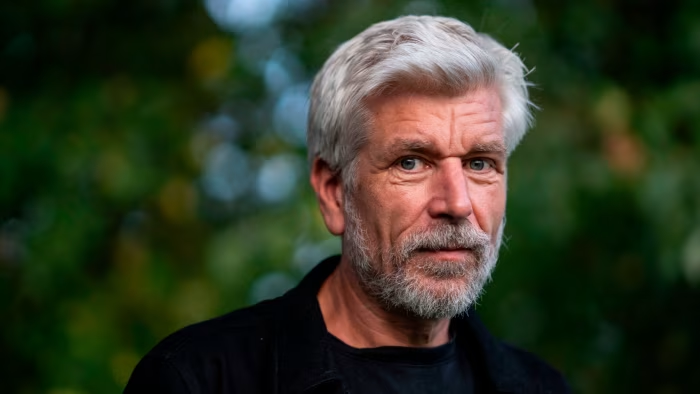
Unlock the Editor’s Digest for free
Roula Khalaf, Editor of the FT, selects her favourite stories in this weekly newsletter.
With his fourth novel to appear in English translation in as many years, Karl Ove Knausgaard is not slowing down in his…